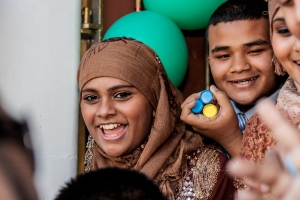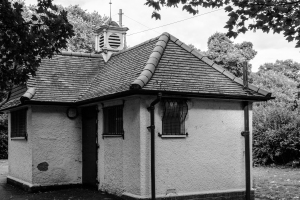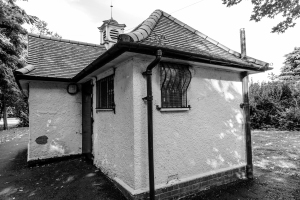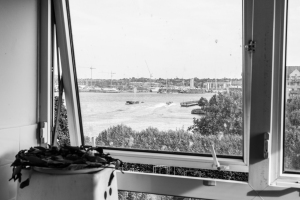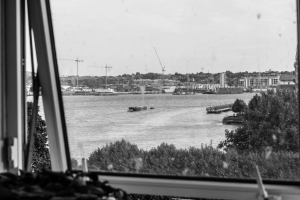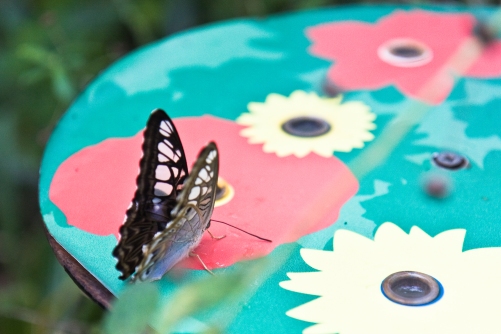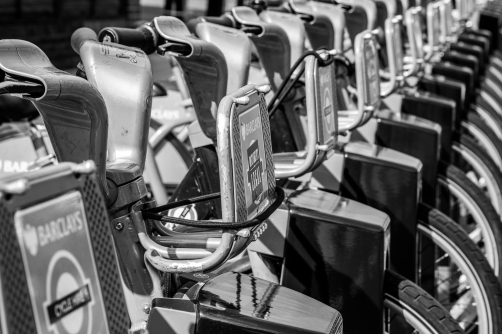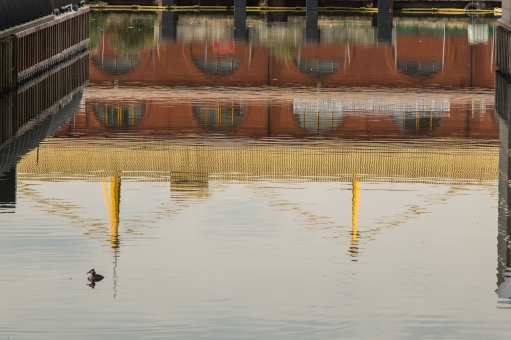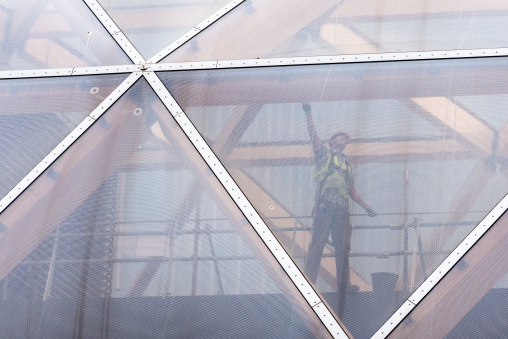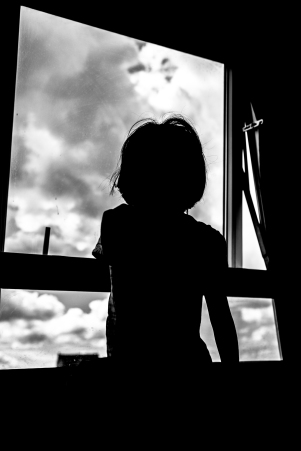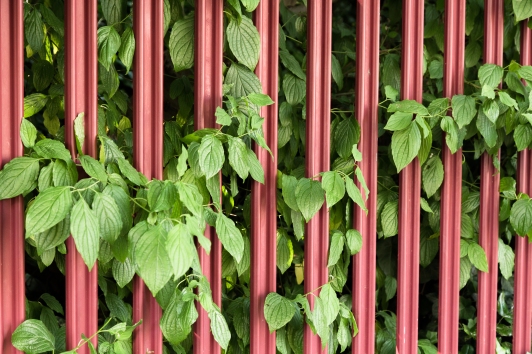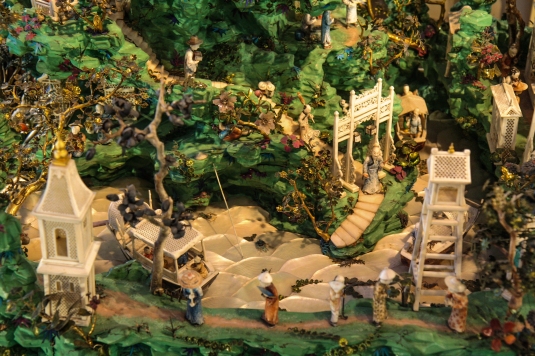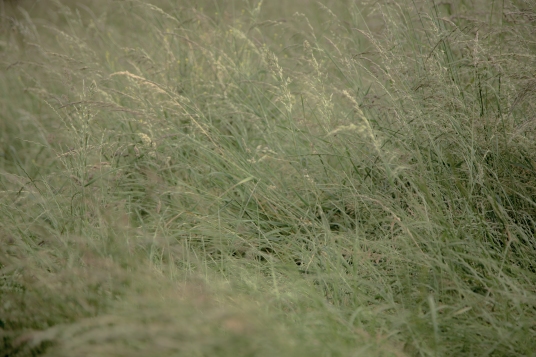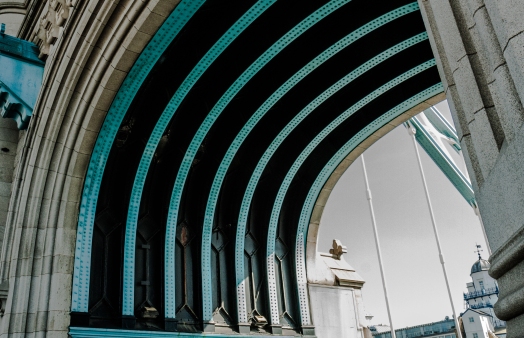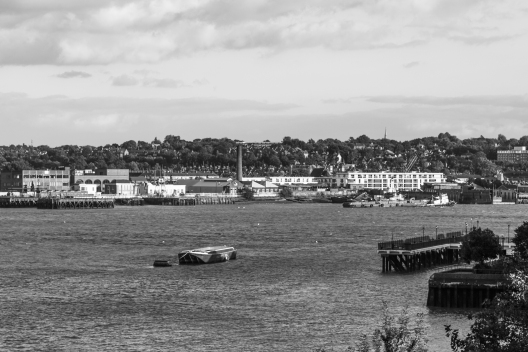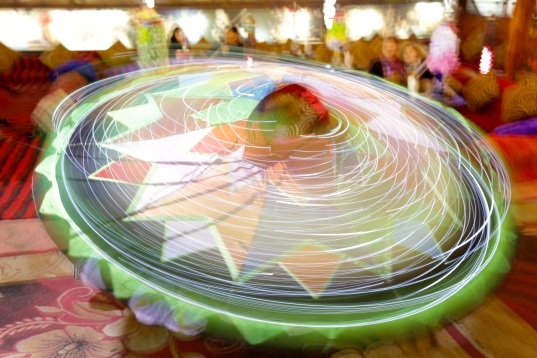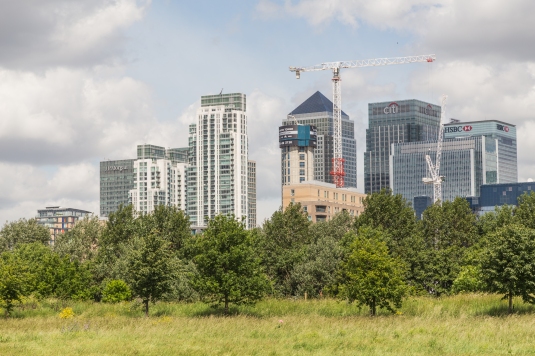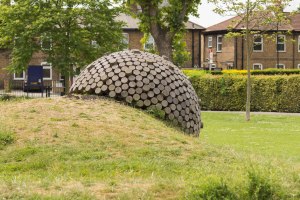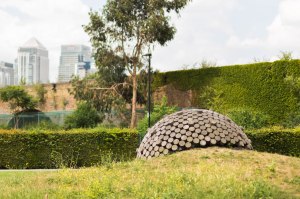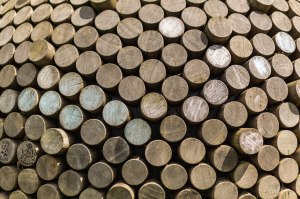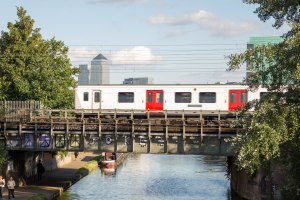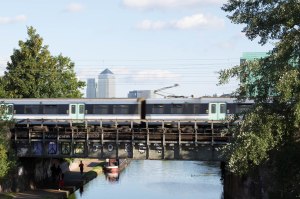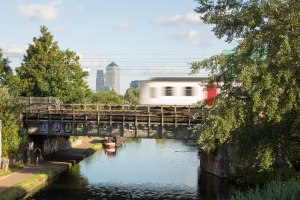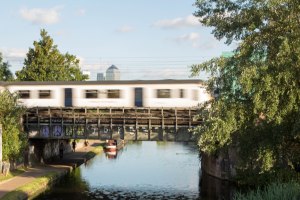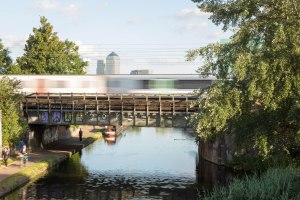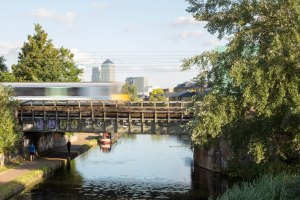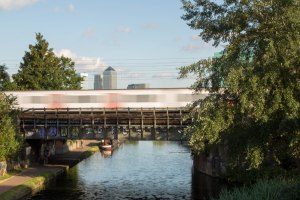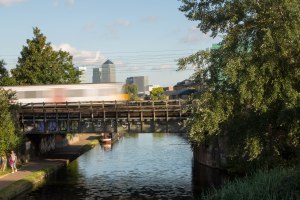I’ve reserved copies of the recommended reading material through my local my library, and it’s been interesting reading some of the books. This one was a long time in arriving and I only got to keep it for 3 weeks; it was already reserved by another user before I could even renew it once. I was sceptical about this book having been left very disappointed with ‘The Photograph as Contemporary Art’, which I intend to also review.
This book has been a revelation for me.
It starts with a not-too-complex introduction to the physics of light, describing its’ scientific characteristics. I found this approach quite unusual, as most books on photographic lighting I’ve come across have never tackled light in this way. I was intrigued by the author’s strategy, and quickly realised this was something special. After a brief explanation of the sensitivity to light of camera sensors vs the human eye, he describes light according to photographers.
This includes a photographer’s use of terms such as brightness, colour and contrast. He then moves on to Light vs Lighting and elegantly describes the variables that affect the subject being lit. He covers reflection of light, and what he terms ‘the family of angles’. This term underpins much of the excellent practical ways that subjects are lit, with detailed coverage on lighting different types of surfaces. He deals at length with metal, which poses unique challenges when it comes to lighting.
He moves onto portrait lighting and manages to describe this in some of the best ways that I have come across. Throughout the book he has a lighthearted, friendly approach to describing stuff that has not always been tackled in the most engaging way. I’ve included a link to a tutorial on portrait lighting that I found to be hard to grasp. Another decent lighting tutor I’ve come across is Neil Van Niekerk, a South African commercial and wedding photographer. Apparently Strobist, the well known lighting blog, are also a fan of this book, so I’ve included their review of the Third Edition.
In summary, this is probably one of the best introductions on lighting currently available. Unfortunately the principle author passed away late last year, so I don’t know if another edition will be published. However, I would highly recommend this title and intend to purchase a copy.
Hunter, Fil et al, (2009). Light: Science and Magic. An Introduction to Photographic Lighting, Focal Press.
http://strobist.blogspot.co.uk/2007/04/get-creative-with-little-light-s-and-m.html?m=1

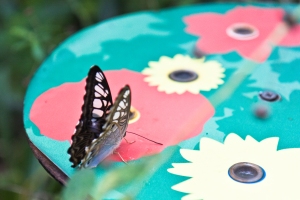
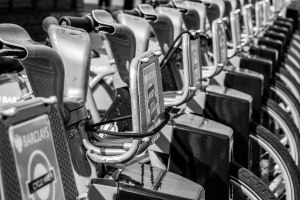
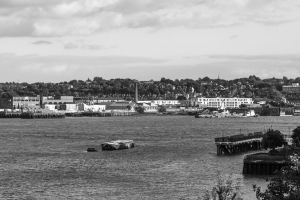

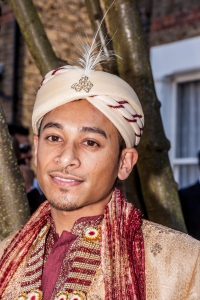
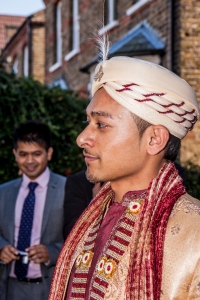
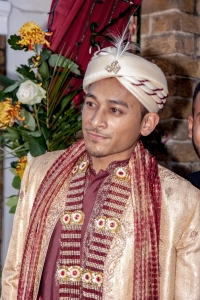
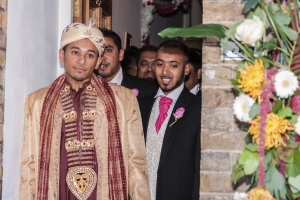
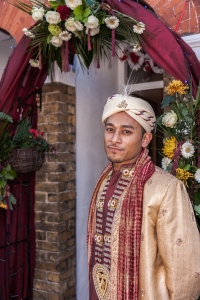
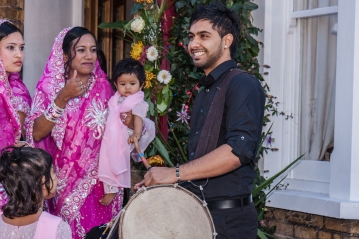 These images are of the groom and friends and family. The entrance to the groom’s house is traditionally decorated so I’ve tried to capture some of this. A traditional Indian dhol (drum) player has been hired for the occasion. He gets to perform at length in a later stage of the ceremonies.
These images are of the groom and friends and family. The entrance to the groom’s house is traditionally decorated so I’ve tried to capture some of this. A traditional Indian dhol (drum) player has been hired for the occasion. He gets to perform at length in a later stage of the ceremonies.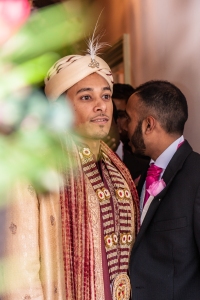
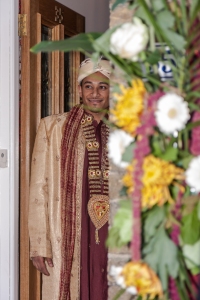


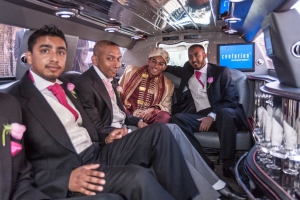
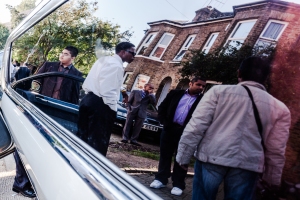

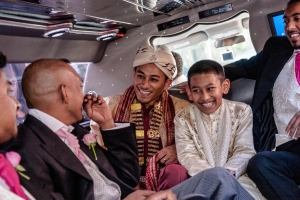



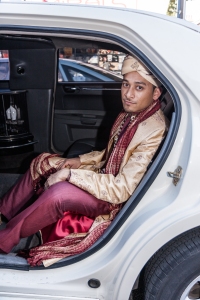
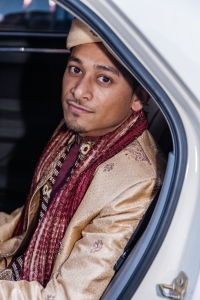

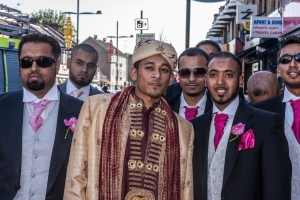
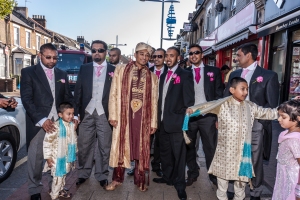
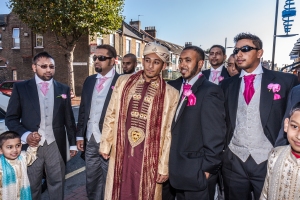
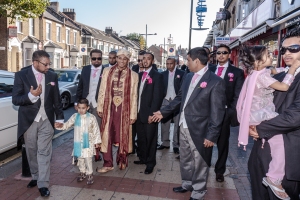
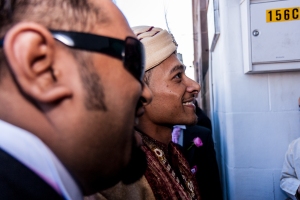

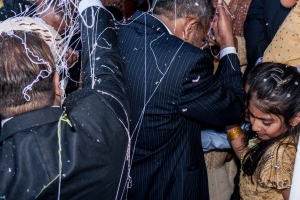
 This is the moment the groom and his procession got sprayed.
This is the moment the groom and his procession got sprayed.
